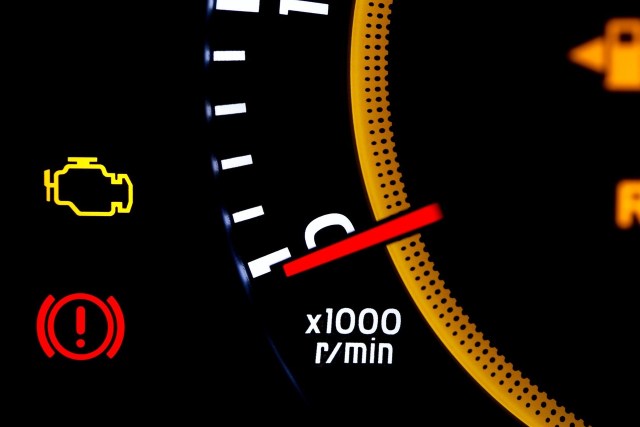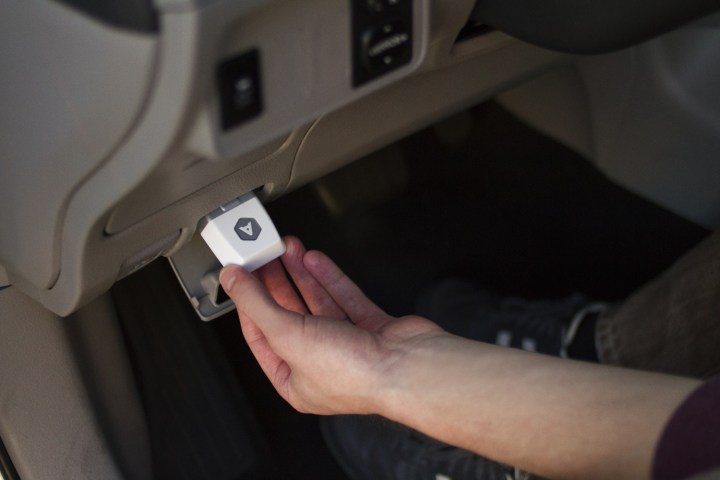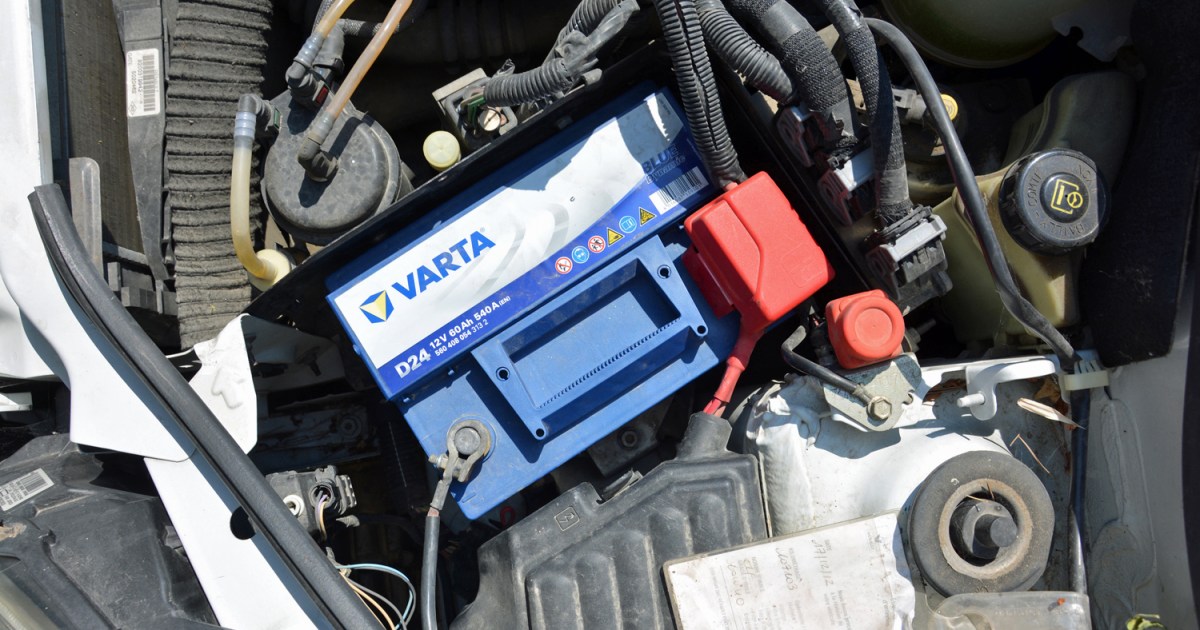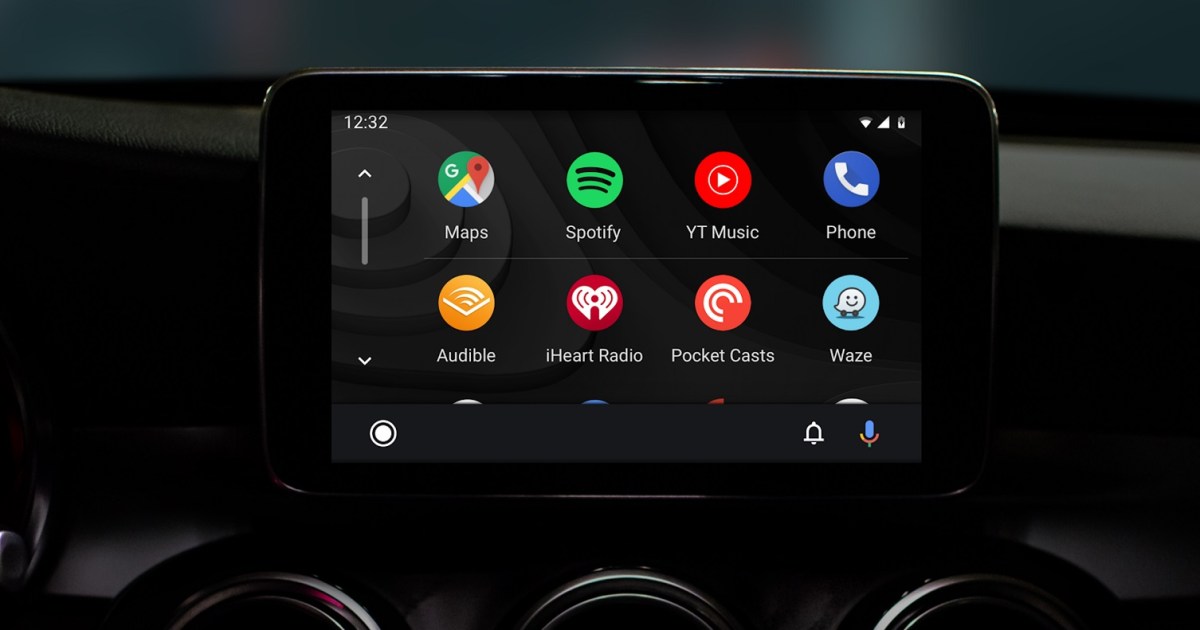Modern vehicles rely heavily on sophisticated electronics, far surpassing the simpler mechanics of the past. On-board diagnostics, or OBD, plays a crucial role in diagnosing a wide array of vehicle issues, from low engine oil to misplaced components. By understanding OBD systems and the available diagnostic tools, you can effectively address many car problems.
OBD provides standardized codes that offer insights into vehicle malfunctions. This article explores the evolution of OBD, the differences between OBD and OBD-II, and the various code readers available to help you maintain and troubleshoot your vehicle.
What is OBD?
OBD stands for On-Board Diagnostics. It’s the standardized system enabling external electronics to interact with a car’s computer system. With the increasing computerization of vehicles, software has become essential for troubleshooting and performance enhancement, making OBD increasingly important.
OBD’s origins predate the concepts of “infotainment” and “connected cars.” Its development stemmed from two key factors: emissions regulations and the widespread adoption of electronic fuel injection (EFI) in the 1980s.
Unlike earlier mechanical systems, EFI utilizes electronic signals to control fuel flow, necessitating the integration of computers into vehicles. This marked a significant step toward the modern automotive landscape.
OBD vs. OBD-II
Prior to the 1990s, automakers developed their own computer interfaces. Standardization efforts began in 1991 when the California Air Resources Board (CARB) mandated OBD capability for all cars sold in California. In 1994, CARB established the OBD-II standard, implemented for the 1996 model year and still in use today. Earlier OBD iterations were retroactively termed OBD-I.
Almost all new cars sold in the U.S. in the last two decades adhere to the OBD-II standard. These vehicles feature a port, typically located under the driver’s side dashboard, allowing devices to connect to the car’s computer. This port opens up a range of possibilities for vehicle diagnostics and performance tuning.
Diagnostics with OBD-II
 Check engine light
Check engine light
OBD’s primary function is diagnostics. When sensors detect an issue, they generate a “trouble code,” often indicated by a “check engine” light or other dashboard warning. OBD scanners retrieve these codes to pinpoint the problem and clear them once resolved.
Trouble codes are alphanumeric strings requiring interpretation. They consist of a letter followed by four or five numbers, identifying the affected subsystem and the specific problem.
Some OBD scanners include built-in code definitions. Otherwise, resources like OBD-Codes.com provide comprehensive lists. Note that manufacturers also use specific codes alongside the generic ones, which may be harder to find publicly.
OBD for Performance Enhancement
Beyond diagnostics, OBD tools can boost vehicle performance. Aftermarket data loggers and performance tuners access crucial vehicle systems through the OBD-II port. Data loggers track parameters like fuel economy, lap times, and power output, offering valuable insights for performance optimization.
Software upgrades can also enhance horsepower. Since modern cars rely heavily on computer control, software modifications can be as effective as physical upgrades like new air intakes or exhaust systems. However, such modifications may impact reliability or fuel economy and potentially void warranties.
OBD Dongles and Telematics
 Automatic OBD II plug
Automatic OBD II plug
OBD-II dongles offer more mainstream applications. These devices plug into the OBD-II port and connect wirelessly to a network, providing data for various purposes.
Insurance companies utilize dongles to monitor driving habits and offer discounts for safe driving. Programs like Allstate’s Drivewise analyze speed, braking, mileage, and driving times.
Devices like Verizon’s Hum provide telematics features similar to those offered by vehicle manufacturers through subscriptions. Hum syncs with smartphones, offering diagnostics, roadside assistance, and stolen vehicle tracking. Features like geofencing and speed alerts enhance safety and provide peace of mind.
However, third-party devices introduce security risks. Connecting a vehicle’s computer to an external network can create vulnerabilities to cyberattacks. Dongles accessing the OBD-II port further increase this risk. Wireless networks used by telematics devices also represent potential entry points for hackers. While these devices offer benefits, users should be aware of the associated security implications.
Conclusion
OBD systems are integral to modern vehicles, providing essential diagnostic capabilities and avenues for performance tuning. Understanding the differences between OBD and OBD-II, along with the available tools like scanners and dongles, empowers car owners to maintain their vehicles and address potential issues effectively. However, it’s crucial to be mindful of the security risks associated with third-party devices and network connections.











